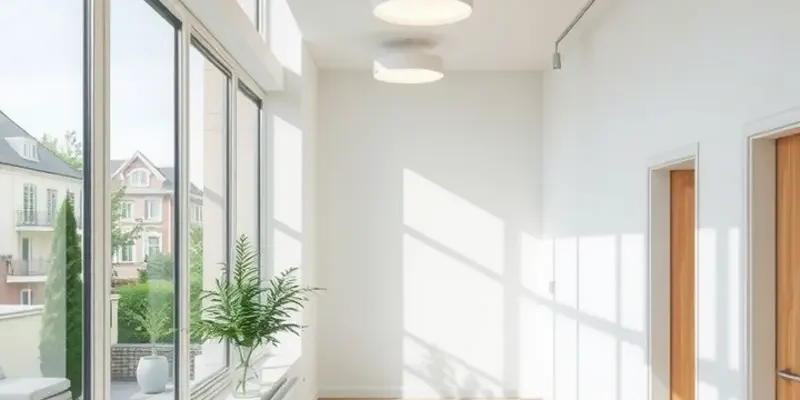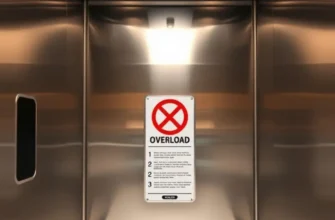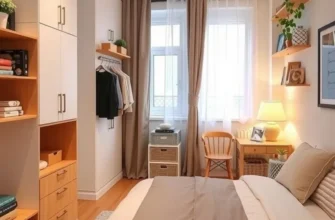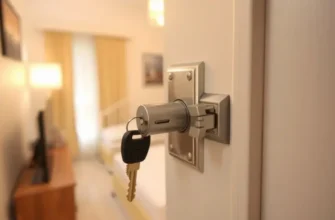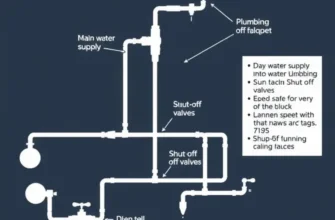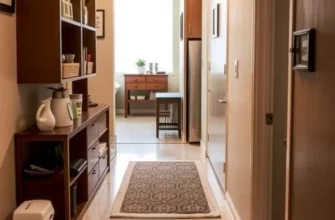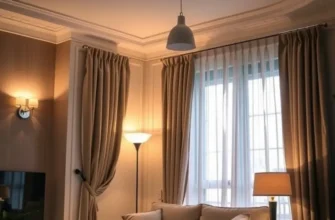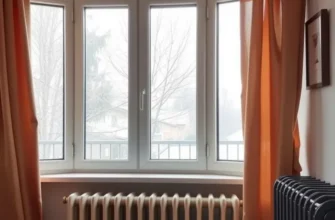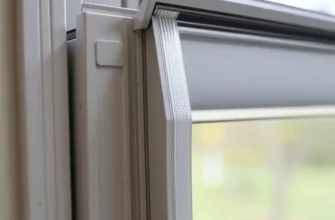As energy costs continue to rise, it’s becoming increasingly important for renters to find effective ways to save energy without compromising comfort. Living in an apartment presents unique challenges, but there are plenty of DIY strategies that can make a significant impact on your energy consumption. From the kitchen to the living room, small changes can not only lower your utility bills but also enhance the overall efficiency of your home. Moreover, ensuring that these adjustments align with safety and landlord regulations can help you maintain a hassle-free living environment. This guide aims to empower renters across the U.S. with safe, doable, and maintenance-friendly solutions to reduce energy loss, create a comfortable ambiance, and secure their spaces. Let’s explore practical ideas that fit within your lifestyle while making your apartment more energy-efficient and enjoyable.
Optimize Your Lighting
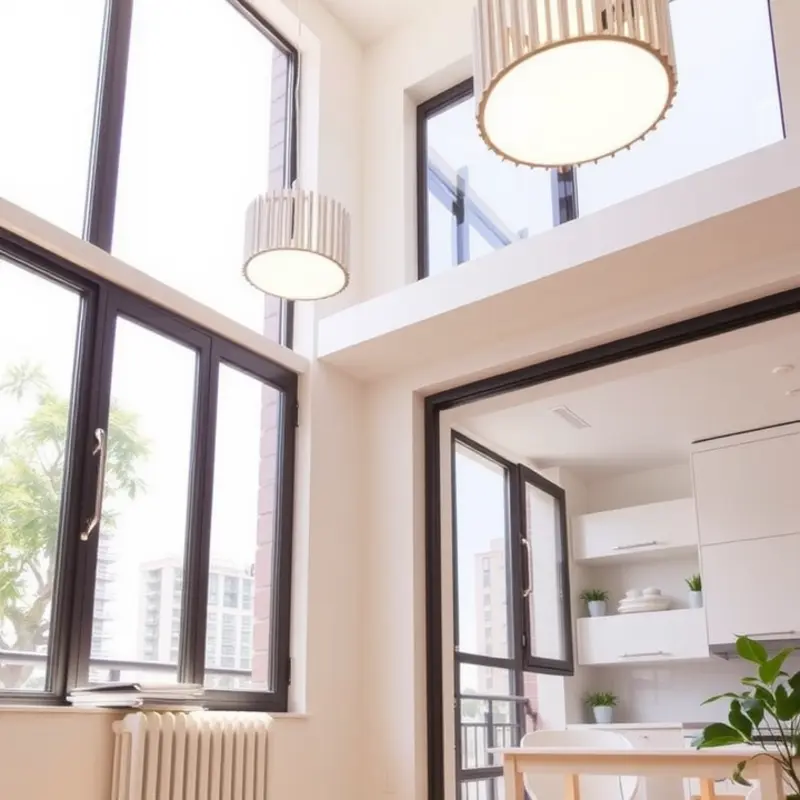
Lighting is one of the most accessible ways to enhance energy efficiency in your apartment. Switching to energy-efficient lighting and inviting more natural light can significantly reduce electricity consumption and costs, making your home more cozy and comfortable.
Replacing incandescent bulbs with energy-efficient alternatives is a simple yet impactful change. Compact fluorescent lamps (CFLs) and light-emitting diodes (LEDs) use up to 75% less energy, lasting longer and slashing your electricity bills. While energy-efficient bulbs may initially cost more, their longevity and reduced energy demand offer savings over time.
Mindful placement of lights can improve their efficacy. Position lamps near areas where you need light the most, such as reading nooks or office desks, to avoid excessive illumination elsewhere and wasted energy. Dimmer switches can be another valuable addition, allowing you to adjust lighting levels based on need and time of day.
Natural light is a free resource often underutilized. Open curtains or blinds during the day to let sunlight brighten your space. This not only reduces the need for artificial lighting but also creates a warm, inviting ambiance. Choosing thinner or light-colored curtains can help maximize the entry of natural light while maintaining privacy.
Strategically placing mirrors can amplify the effect of both natural and artificial lighting. Mirrors reflect light throughout your space, creating an illusion of depth and making rooms feel more expansive. Position them to capture sunlight from windows or reflect the glow from lamps to brighten darker areas.
Painting walls in lighter colors can also enhance light reflection, allowing rooms to maintain their brightness even on cloudy days or at dusk. This simple aesthetic change means you rely less on artificial lighting to achieve the same level of comfort.
For those with a green thumb, consider incorporating houseplants strategically near windows. Beyond their aesthetic benefits, plants can help purify the air, contribute to a cooling effect, and add an element of biophilia that can improve your well-being. For inspiration, check out pet-safe apartment plants, which can complement both your lighting strategy and interior design.
Adopting these strategies to optimize your lighting not only cultivates a more energy-efficient apartment but also enhances your living environment aesthetically and functionally. Taking these small, practical steps can yield significant savings while ensuring your home remains cozy year-round.
Seal and Insulate for Efficiency
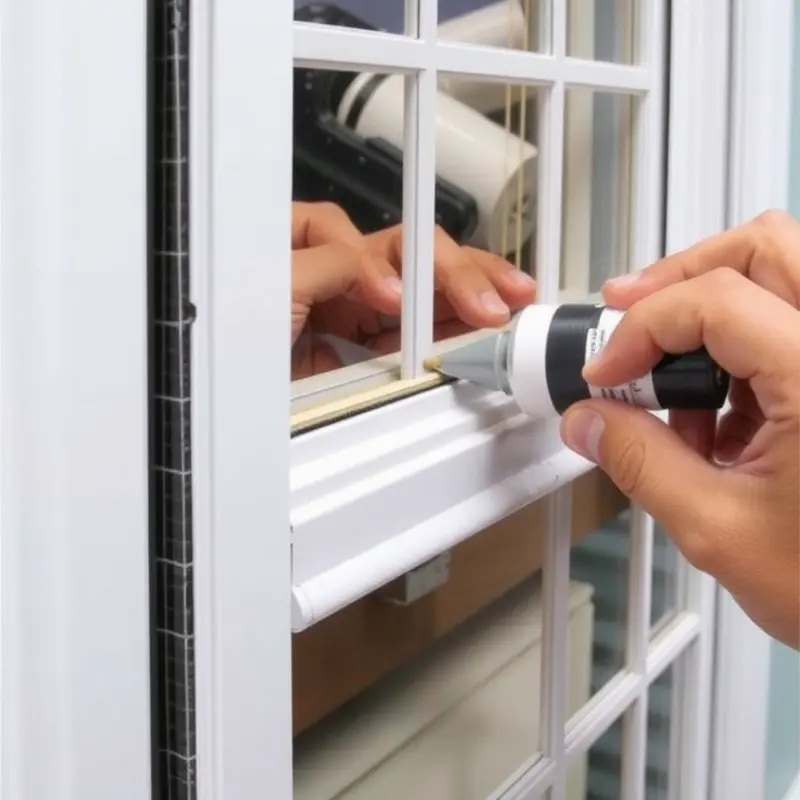
Maximizing energy efficiency in your apartment is not only good for the environment; it can also help you save on utility bills. A simple and effective way to achieve this is by focusing on sealing and insulating your living space. By addressing these areas, you can significantly reduce drafts and improve energy retention without violating your lease agreements.
Start by identifying the common sources of drafts in an apartment, which are often windows and doors. Inspect these areas for any visible gaps or felt drafts. One effective method is to perform a simple test using a lit candle or incense stick; hold it near the edges of windows and doors, and watch for flickering, which indicates airflow from a gap.
Once you’ve pinpointed the problem areas, it’s time to seal them. Use weather stripping to seal gaps in windows and doors. This material is easy to apply and remove, making it the perfect choice for renters. Make sure to select a weatherstrip that suits the size of your gap for optimal results. Installing door sweeps on the bottom of exterior doors can also block cold air from entering. They’re easy to install and can vastly improve thermal comfort.
Insulating windows is another priority. Consider using thermal curtains or drapes, which not only add to the aesthetic of your home but also provide a barrier against cold air. For an additional layer of insulation, you can apply removable window insulation films. These films are clear, allowing sunlight to enter, while also keeping heat from escaping. Using these films is a straightforward process; they are applied with double-sided tape and can be removed easily when it’s time to move out.
If your apartment has an accessible attic space or unused closet, check for noticeable temperature differences. Uninsulated or poorly insulated spaces significantly contribute to energy loss. Ensure these areas are insulated with appropriate materials, like fiberglass batts or foam boards; be sure to check with your landlord before doing any major insulation work.
Ventilation is another important factor. Make sure to allow for some airflow to avoid mold buildup. Open windows briefly during warmer parts of the day to circulate fresh air, which enhances indoor air quality while maintaining sustainable energy control.
Finally, ensure any efforts to seal and insulate are compliant with your lease agreement. Some landlords might have specific requirements or restrictions, especially if modifications involve drilling or permanent changes. It’s always advisable to discuss your plans beforehand to avoid potential conflicts or misunderstanding.
Optimizing your apartment for energy efficiency is undoubtedly a win-win. Not only do small changes like sealing and insulating help reduce energy consumption, but they also create a more comfortable and cozy living environment. For more tips on making your apartment energy efficient, you might find this resource on apartment-friendly energy saving tips useful.
Final words
By implementing these straightforward DIY energy-saving methods, renters can maximize their comfort and minimize their energy bills. From optimizing your lighting to effectively sealing and insulating your apartment, there are numerous strategies that can be tailored to suit your living space without significant financial investment or complicated procedures. Staying proactive about energy efficiency not only reflects a commitment to sustainability but also promotes a safer and more comfortable environment. Embrace these practices as part of your lifestyle to achieve an eco-friendlier home while enjoying the benefits of reduced utility costs.

